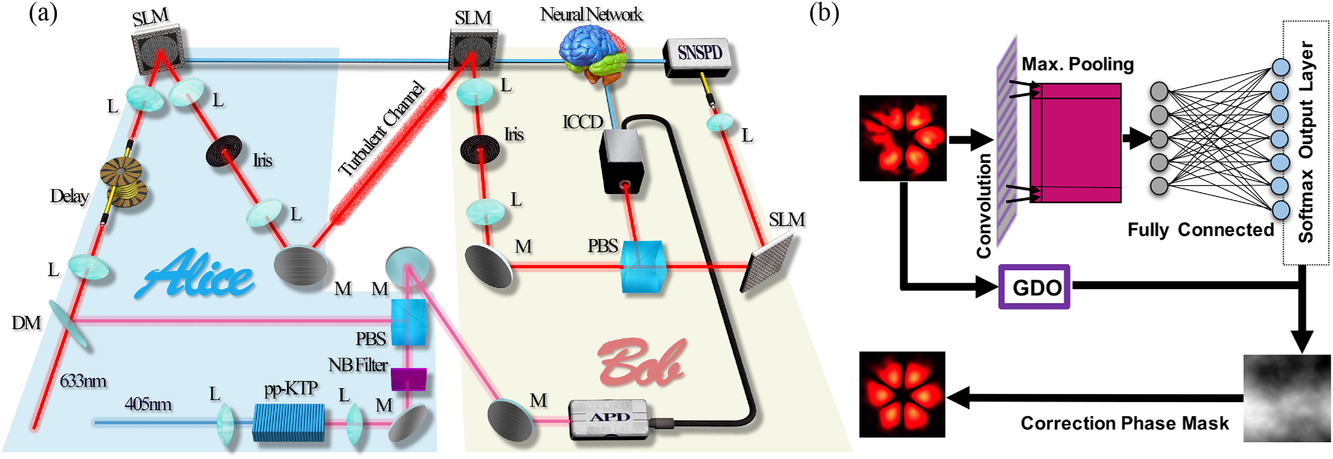This groundbreaking research by University of Chicago scientists presents a transformative approach to quantum computing by ingeniously merging trapped atom arrays with photonic devices. Led by Assistant Professor Hannes Bernien, the research team has developed an innovative semi-open chip design that addresses critical challenges in quantum information systems.
Quantum computing holds immense promise for solving complex computational problems, but scaling these systems has been a persistent obstacle. The research tackles this challenge by creating a novel platform that allows seamless interaction between atom arrays and photonic chips, overcoming previous technological incompatibilities.
The breakthrough centers on a unique chip geometry that separates quantum computational and interconnection regions. This design enables atoms to be manipulated and computed in one area while allowing strategic movement to a photonic integration zone. Graduate students Shankar Menon and Noah Glachman were key contributors to this innovative approach.
Traditionally, integrating atom arrays with photonic devices presented significant technical hurdles. Laser-based atom trapping technologies were easily disrupted by semiconductor and photonic chips, creating substantial interference. The new semi-open chip design minimizes these disruptions, allowing for more stable quantum computations.
A particularly exciting aspect of the research is the potential for enhanced information transmission. The system allows for hundreds of nanophotonic cavities to be simultaneously connected to a single atom array, dramatically increasing the speed of quantum information sharing. Atoms can be moved between computational and interconnection regions, with photons extracted and transmitted through optical fibers.
The research published in Nature Communications demonstrates the feasibility of trapping and moving atoms between different regions while maintaining their quantum states. This opens up possibilities for interconnecting multiple atom arrays, potentially creating larger and more powerful quantum computing platforms.
The team’s future research aims to explore additional critical steps, including photon collection from nanophotonic cavities and generating entanglement over long distances. This work represents a significant step toward more scalable and interconnected quantum computing systems.
Professor Bernien emphasized both the fundamental scientific interest and practical applications of this research. By bridging two previously incompatible technologies, the team has created a promising pathway for advancing quantum computation, simulation, and networking capabilities.
The research highlights the innovative potential of interdisciplinary approaches in solving complex technological challenges, showcasing how creative engineering can overcome significant computational barriers.
Reference: “An integrated atom array-nanophotonic chip platform with background-free imaging” by Shankar G. Menon, Noah Glachman, Matteo Pompili, Alan Dibos and Hannes Bernien, 22 July 2024, Nature Communications. DOI: 10.1038/s41467-024-50355-4




